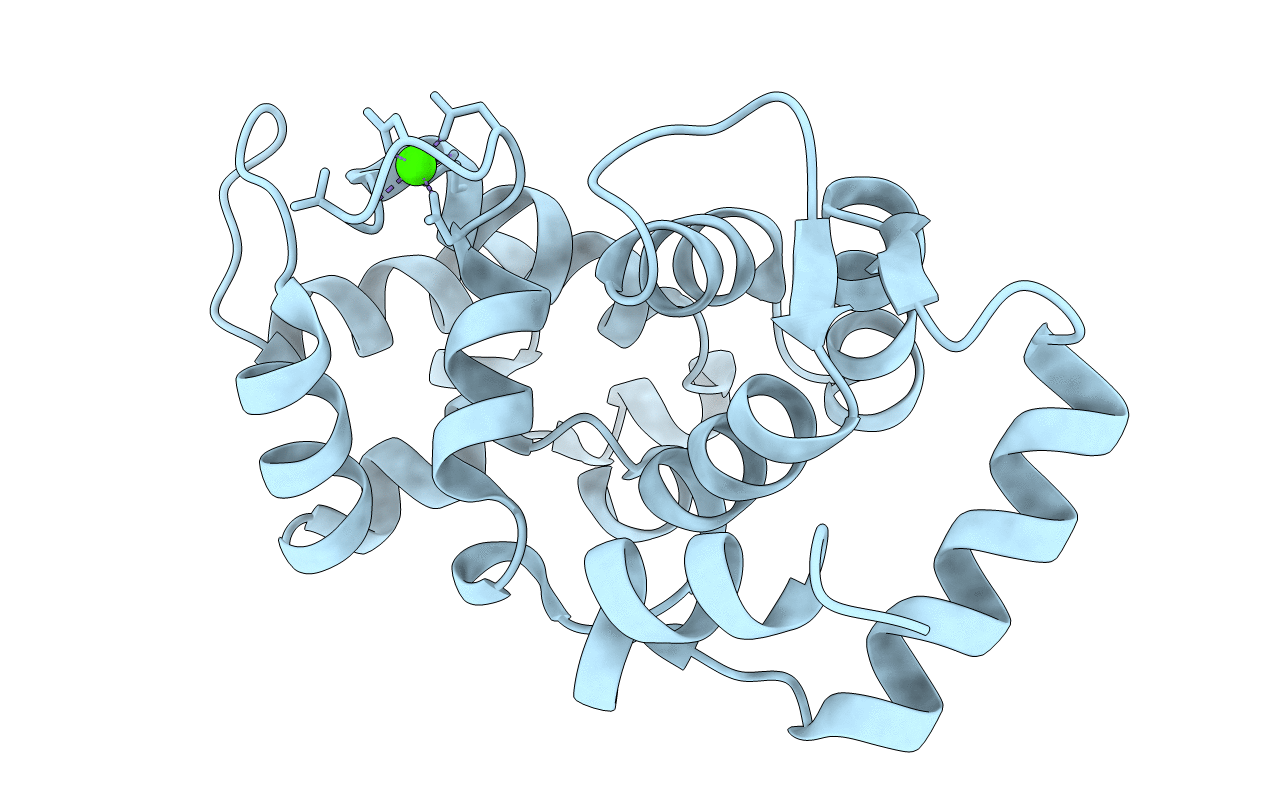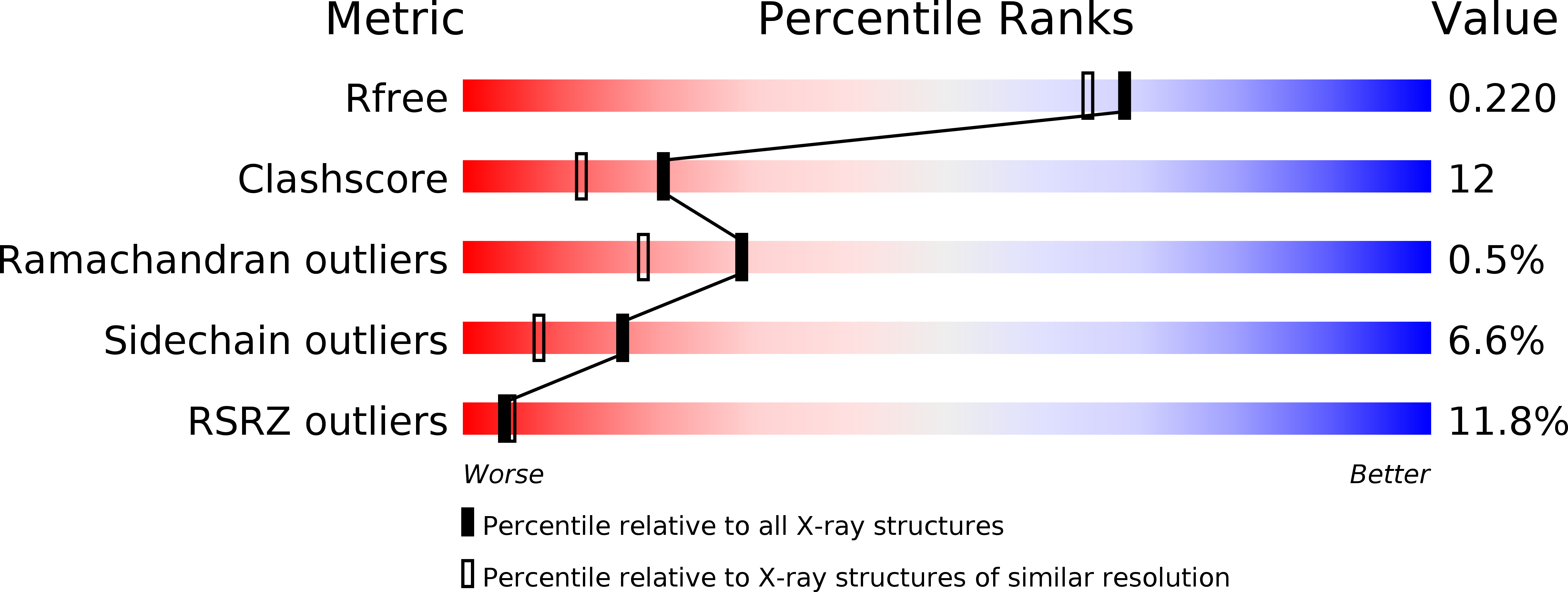
Deposition Date
2013-08-05
Release Date
2013-11-13
Last Version Date
2023-09-20
Entry Detail
PDB ID:
4M2Q
Keywords:
Title:
Crystal structure of non-myristoylated recoverin with Cysteine-39 oxidized to sulfenic acid
Biological Source:
Source Organism:
Bos taurus (Taxon ID: 9913)
Host Organism:
Method Details:
Experimental Method:
Resolution:
1.90 Å
R-Value Free:
0.22
R-Value Work:
0.18
R-Value Observed:
0.19
Space Group:
I 4


